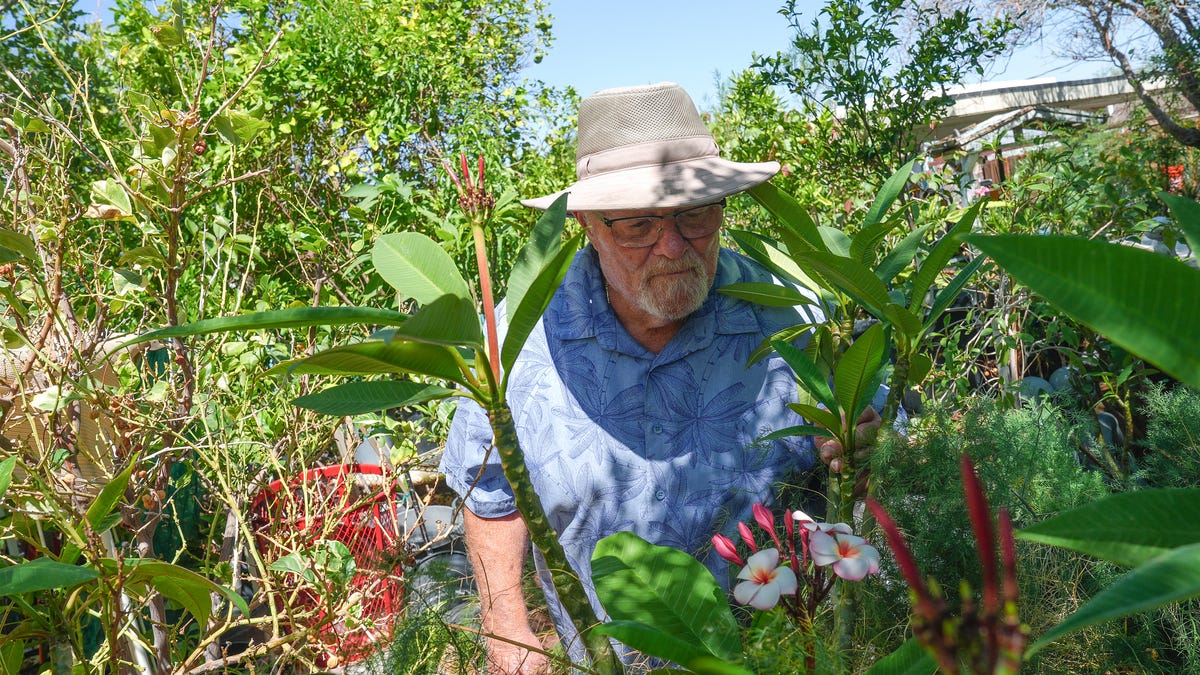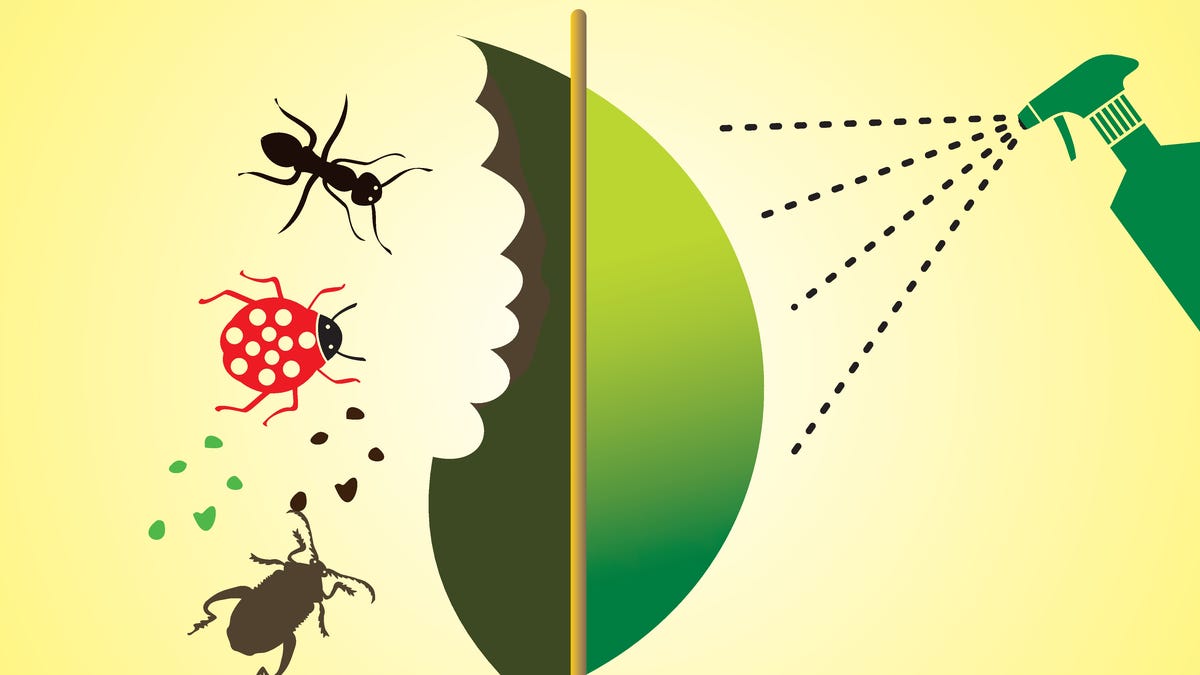“Hearst Magazines and Yahoo may earn commission or revenue on some items through these links.”
There’s no doubt that spring has officially arrived. Days are brighter, temperatures are warmer, rain is nourishing the soil and blossoms are opening for the first time since last year. But that doesn’t mean gardeners are in the clear just yet for spring planting.
The Old Farmer’s Almanac, a centuries-old weather predictor, just released its forecast for the last spring freeze across the United States, and gardeners may want to take note. Some regions are expected to see frost as late as June 24, while others have likely already experienced their last freeze.
Find more information on your particular region below.
Why does a frost map matter?
An idea of when the last frost may occur in your area can be a good indicator of when to plant your fruits, vegetables and flowers for the most successful harvest.
According to The Old Farmer’s Almanac, frost may damage or completely kill your crops. Planting prematurely may cause tender plants, such as tomatoes, cucumbers and watermelons, to die. Whereas, heartier plants such as kale, broccoli and parsely are likely to withstand a light freeze.
For the most successful garden, it’s best to break ground after the last freeze or plant produce that can endure a dip below 32°F.
Frost Date Map

While frost estimates do not guarantee a freeze within a set timeframe, they can act as an indicator of when temperatures may drop and affect your garden. You can head to the Old Farmer’s Almanac’s website and type in your exact zip code to get yours.
-
Black Squares: Seen in regions with polarizing highs and lows, such as those in the Rocky Mountains and Florida Keys, black squares symbolize our country’s coldest and warmest regions, where the temperature is too extreme to predict the last frost.
-
Dark Green Circles: Deep evergreen hues, found along the Rocky Mountains and northernmost regions of the United States, signify a June frost. While most of these areas are expected to see frost during the first week of the month, a few locations in Idaho, Colorado and New Mexico may see frost as late as the end of June.
-
Green Shaded Circles: Moss-like circles covering much of the West, from Montana and Colorado to eastern Oregon and Nevada, are expected to see a mid-to-late May frost between the dates of May 16 to 31.
-
Green Circles: Similar in color to that of a grassy lawn, light green circles, marking much of the northern Plains and New England, indicate an early May frost between the dates of May 1 to 15.
-
Light Green Circles: Mint green in nature, pastel green circles, covering much of the nation’s corn belt in Iowa, Indiana and Ohio, symbolize a late April frost that could occur from April 16 to 30.
-
Pastel Green Circles: Dots with the faintest hue of green, peppered across much of the southern Midwest, including Missouri and southern Illinois, are set to see an early April frost between the first and 14.
-
Cream Circles: Areas sprinkled in a whitish cream, namely the upper half of the South, such as west Texas, Arkansas and North Carolina, are expected to have passed freezing temperatures, experiencing their last frost in late March.
-
Light Purple Circles: Locations marked in a lavender hue across much of east Texas, Louisiana and the Florida panhandle are said to have experienced their last chill in early March.
-
Purple Circles: Regions covered in a mid-tone purple, such as those near the Louisiana coast and around the Los Angeles area, are predicted to have seen their last frost or dip in temperatures in February.
-
Dark Purple Circles: Those covered in a rich purple hue, like the circles around southern Florida and the desert region of California, are said to have experienced their last freeze in January.
You Might Also Like










